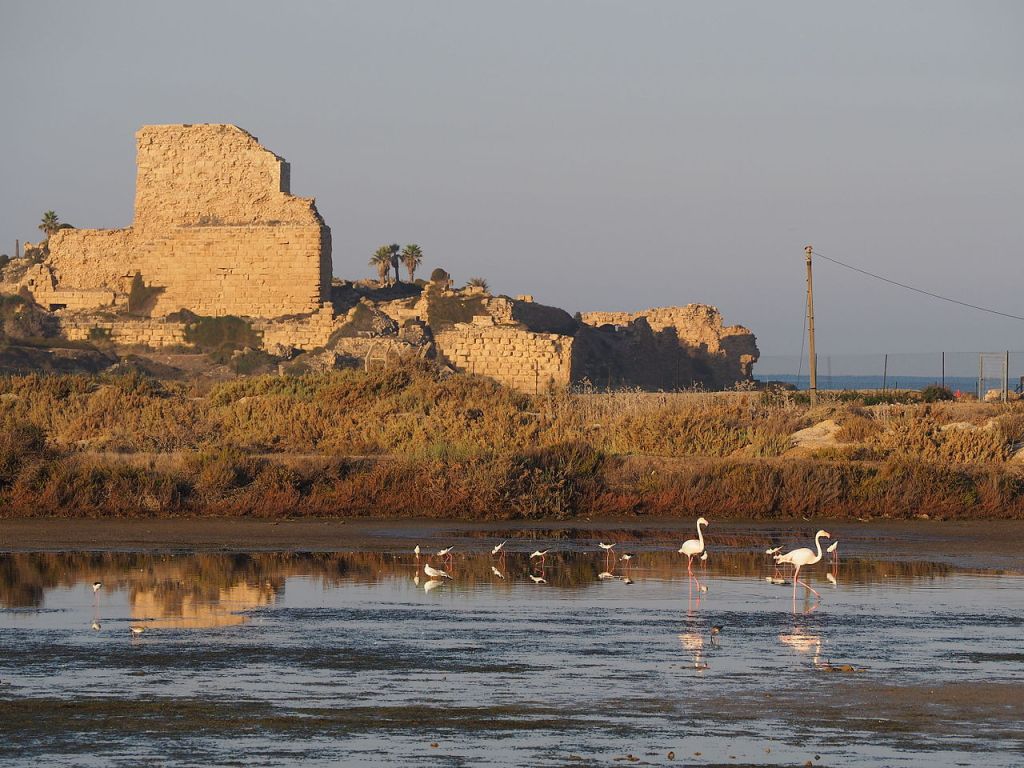Spurred by recent success in using Google Translate to read a 2021 article on the slighting of castles belonging to the Teutonic Knights, I thought I’d have a go at another article I’ve been meaning to get to. ‘Die muslimische Strategie der Schleifung fränkischen Festungen und Städte in der Levante’ (trans. ‘The Muslim Strategy of Demolishing Frankish Fortresses and Towns in the Levant’) by Hannes Möhring was published in Burgen und Schloesser in 2009. Helpfully, the German Castles Institute that publishes the journal has digitised and put their back catalogue online.
The first thing that struck me was that Google Translate had a harder time dealing with German to English than Polish to English. Not being a linguist, I have no idea why this is, but it made for slower reading, and reminded me to exercise caution especially with specialist terminology.
In terms of the content, Möhring gives a largely chronological overview of slighted castles, towns, and cities in the Holy Land in the context of the crusades, beginning with Saladin’s response to the Third Crusade and finishing with the end of the Crusader states in 1291.

As explain by Möhring, the cases of deliberate destruction here fall firmly in the category of denying your enemy the use of a fortification. Perhaps unsurprisingly given the context of the crusades, Möhring sees slighting almost exclusively through the lens of military need. Even so, there are often other considerations which may be secondary and while they are sometimes hinted at in this article they’re not explored further. When explaining the Saladin’s decision to not slight the port city of Acre in 1188, Möhring doesn’t consider the issue of authority. He suggests that leaving Acre intact was the sensible move unless Saladin was prepared to destroy all coastal ports. Economically speaking, this would have been devastating and at this stage demolishing a major city would have been a public statement of a lack of confidence in standing against the Crusaders, undermining his personal authority.
The contrast later on when Saladin embarks on extensive slighting to focus resources on Jerusalem is stark; slighting in this instance was inherently a defensive act. Interestingly, Möhring suggests that slighting Jaffa led to Richard I spending time there to repair its defences which could have been used to capture Jerusalem. After slighting, there are choices to be made about how a site is used – should it be abandoned? Is it worth repairing? Can it continue it a broken-down state?
In contrast to Szczupak’s work, Möhring doesn’t include much specific detail about how places were slighted. Context is given to explain how it comes about, but there is no interrogation of the extent of slighting or the approach taken. In part this may be because the source material doesn’t include that kind of information, but occasionally there are snippets which hint at more – like the destruction of waterpipes along with the fortifications when emir al-Mu’azzam Isa slighted Jerusalem, or the way the Egyptians left the mosque at Damietta intact when the city was slighted.
It’s an interesting and thought-provoking piece, and there is clearly scope for a deeper dive into slighting in the Holy Land. The extent of slighting would make for a good comparison with the approach taken by Robert Bruce during his campaign to expel the English from Scotland.
Wow. Great work. I printed this so I can show it to a few colleagues. More commenting later. Thanks!
Oh, and God Save the King ! Evelyn
LikeLike